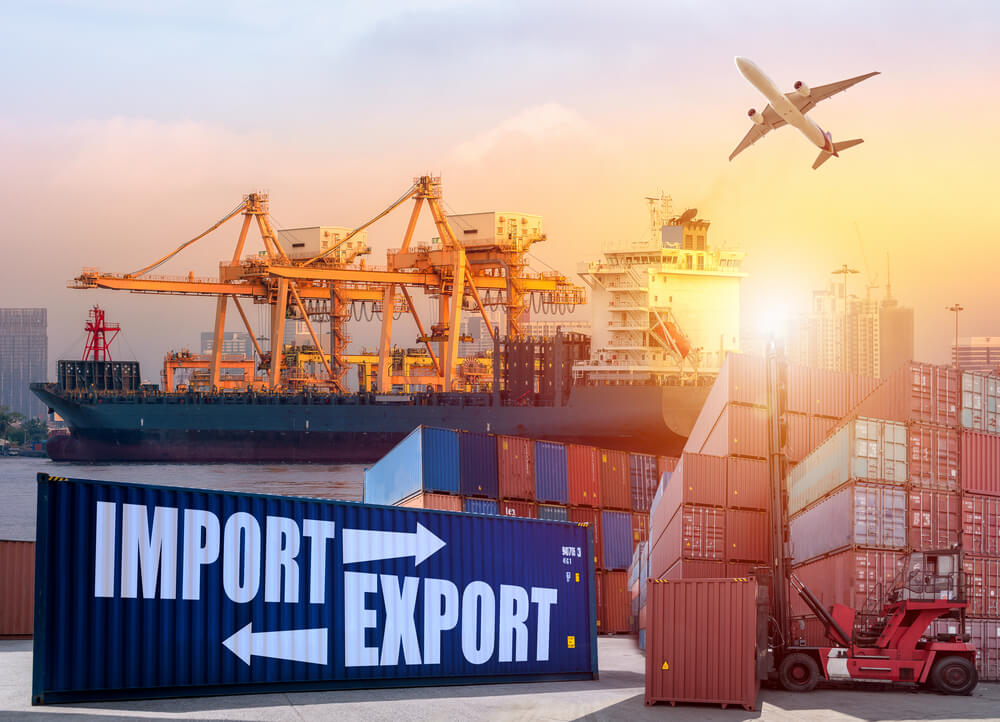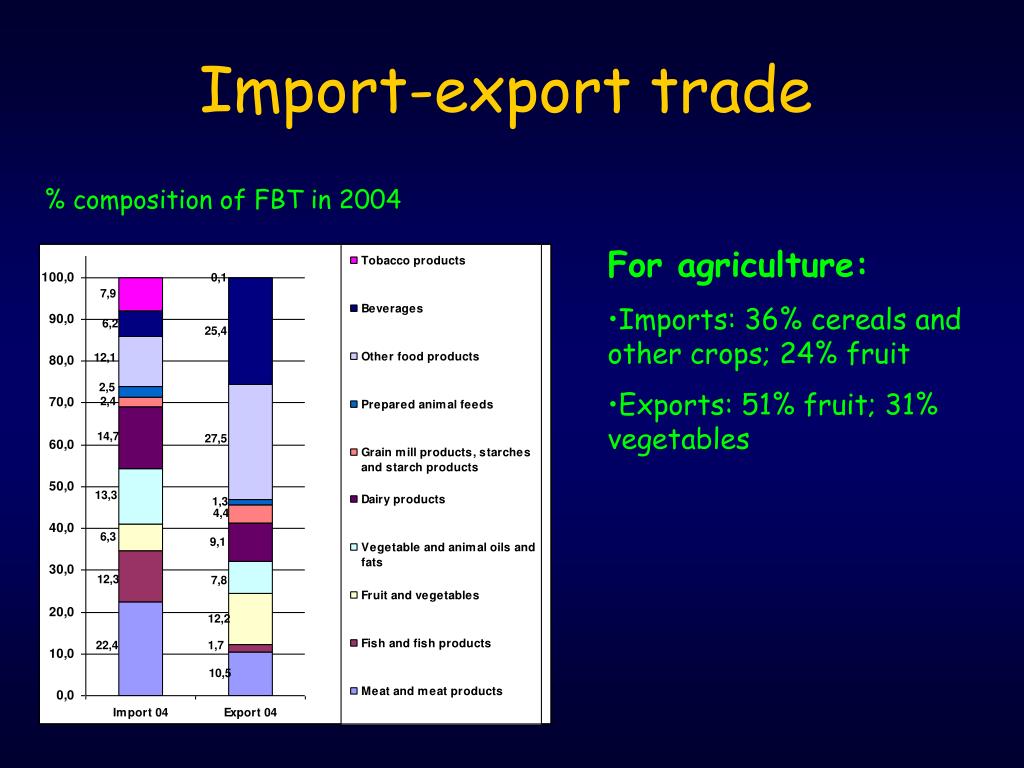


Source: General Statistics Office Industry Snapshots Compared to 2017, the US has overtaken China for being the largest export market for Vietnam. With a population of over 97 million and Southeast Asia’s fastest-growing middle class, Vietnam clearly represents an important market for foreign goods. This growth is expected to continue for some time to come – domestic consumption is predicted to increase at a rate of 20 percent per year. Of particular interest to investors has been the continuing growth of Vietnam’s domestic consumer market, which has been developing by leaps and bounds. Vietnam is seeing strong growth on multiple fronts.
#TRADE IMPORT AND EXPORT FREE#
Join us to explore ASEAN’s 2023 outlook, including potential opportunities and noteworthy trends in this free webinar. Webinar – Exploring Southeast Asia’s 2023 Outlook – Opportunities and TrendsĪfter seeing 5.5% growth in 2022, ASEAN is one of the fastest-growing regions in the world and is expected to outpace global growth this year as well. With the country’s workforce growing annually, Vietnamese workers are comparatively inexpensive, young, and, increasingly, highly skilled.Īnother driving force behind Vietnam’s growing popularity is the country’s collection of free trade agreements. Located in a strategic position for foreign companies with operations throughout Southeast Asia, Vietnam is an ideal export hub to reach other ASEAN markets.Ĭompared with other developing markets in the region, Vietnam is emerging as the clear leader in low-cost manufacturing and sourcing, with the country’s manufacturing sector accounting for 25 percent of the country’s total GDP in 2021.Ĭurrently, labor costs in Vietnam are approximately 50 percent of those in China at US$2.99 per hour compared to US$6.50 per hour respectively, and around 40 percent of those reported in Thailand and the Philippines. Given the recent trade war between China and the US, alongside Vietnam’s recent free trade agreements such as the RCEP, the EVFTA, and the UKVFTA the country is steadily becoming more open to international trade and investment. In the past few years, a growing number of businesses have relocated their operations from China to Vietnam in an attempt to escape rising costs and an increasingly complex regulatory environment. Recent trends show that the number of orders shifting from China to Vietnam has seen a significant increase.įor example, China’s Pearl River Delta, long known as one of the key factory centers for the world’s manufacturers (particularly those from Hong Kong) has now become too costly for many companies to stay in the region. With its rising costs, China is no longer the go-to destination for many businesses, and Vietnam has arisen as a serious competitor. Vietnam Briefing highlights gives an overview of the industries primed for import and export activities.

Upbeat growth projections are set for the country’s import-export business as the global economy resumes.As Vietnam transforms into a global manufacturing hub, it has emerged as an effective relocation destination also known as the China+1 strategy.Note: A free webinar on Vietnam’s Import & Export Landscape, hosted by Dezan Shira and Associates, will be held on July 26.


 0 kommentar(er)
0 kommentar(er)
